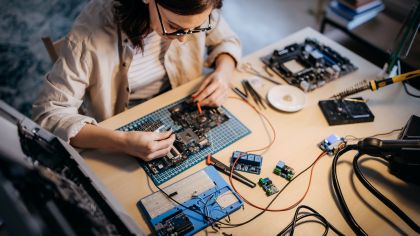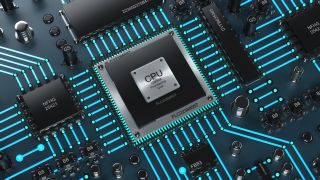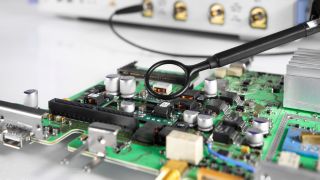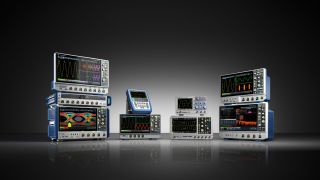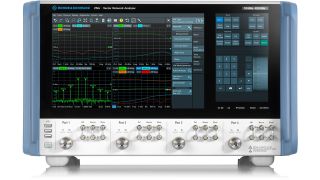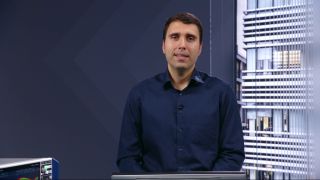Electronics testing for electromagnetic warfare applications
The correct functioning of subsystems and modules is key to ensuring EMSO system performance under demanding conditions. Verification, debugging and compliance testing of interfaces and buses used in military applications is crucial. These interfaces and buses include
- MIL-STD-1553
- ARINC 429/629
- Ethernet
- SpaceWire
- Control area network (CAN) bus
- Serializer/Deserializer (Ser/Des)
In addition to physical parametric measurements, it is often necessary to analyze the communication that is present on the bus. An example of this would be decoding the underlying messages being sent on the bus from one device to another. These measurements are carried out with oscilloscopes and high-speed differential probes.
Board-level EMI debugging and analysis make it possible to detect and eliminate unintended emissions, which may lead to crosstalk and malfunctions. Emission sources have the potential to interfere with other systems and subsystems. They can even emanate beyond the system and be subject to enemy detection. As such, the early identification and mitigation of emission sources is highly desirable. Electronic designs should also be tested for impedance mismatches, which can lead to signal reflection and cause power and signal integrity issues. S-parameters, reflections and return losses are commonly measured with a vector network analyzer (VNA).
Given the remote locations and/or physically small spaces where military platforms are deployed, Size, Weight, and Power (SWaP) is a key concern. Subsystems must be tested for optimal conversion of input power to useful output to minimize wasting energy and the need to remove excess heat generated by the conversion. Power supplies and multi-channel power probes are the right tools to accomplish this.




